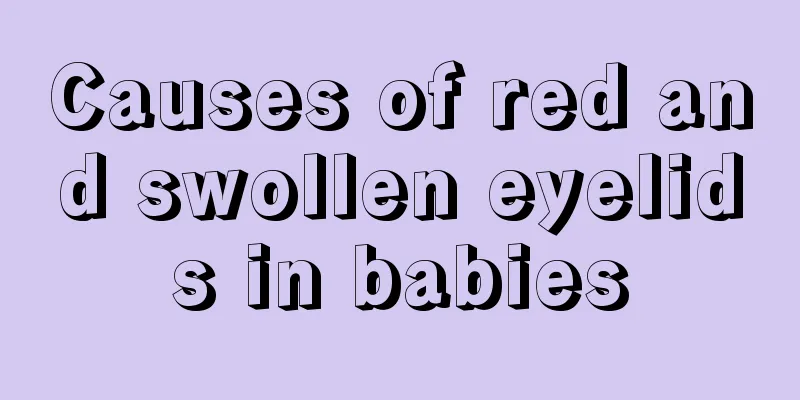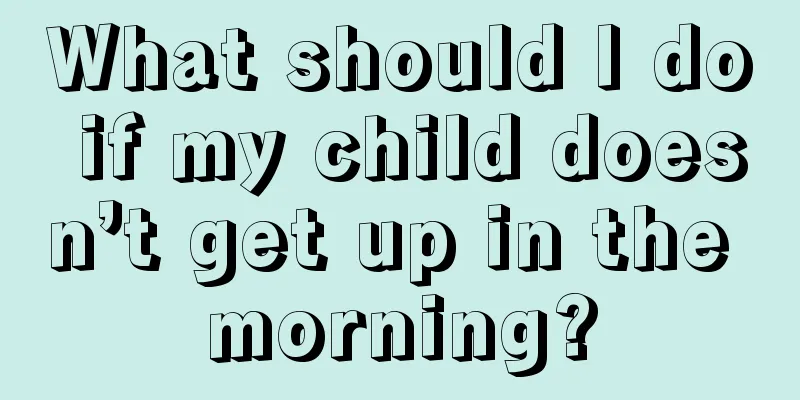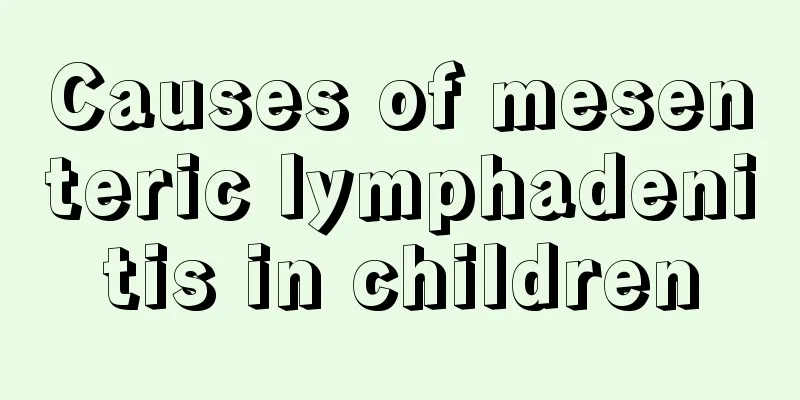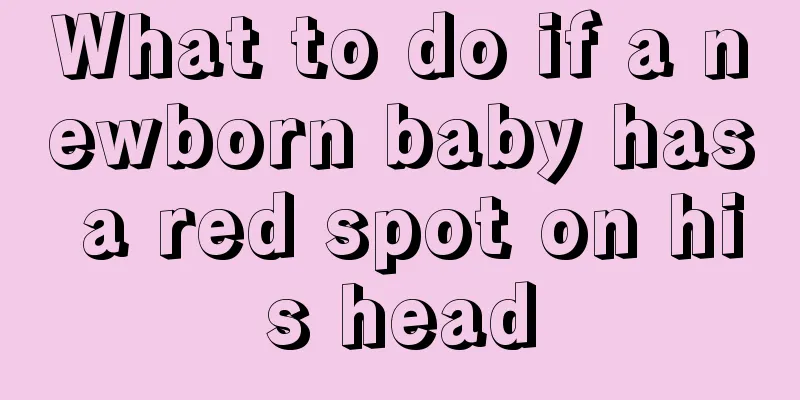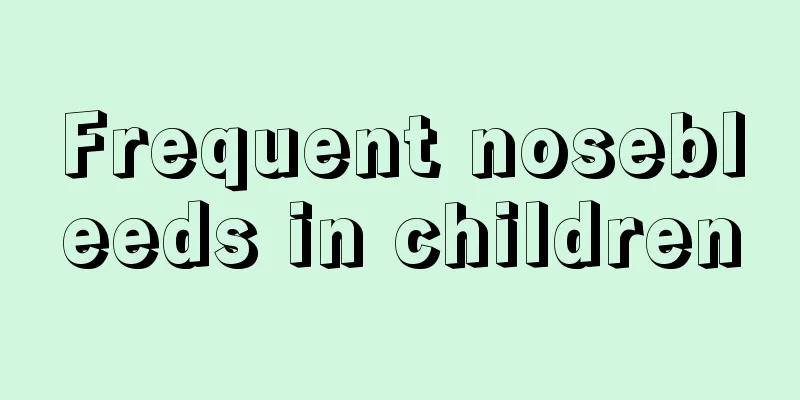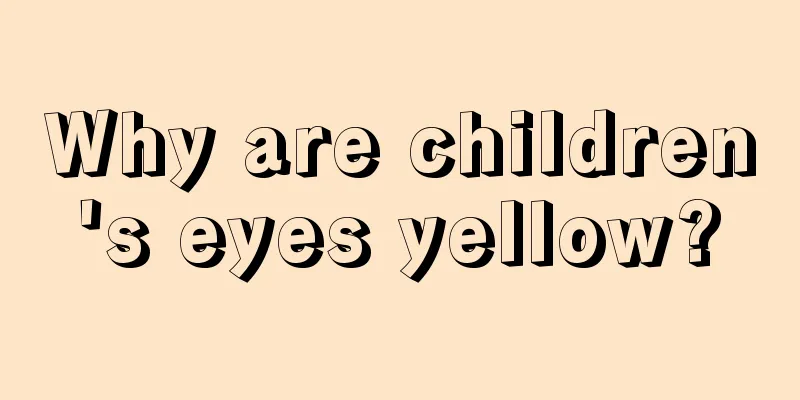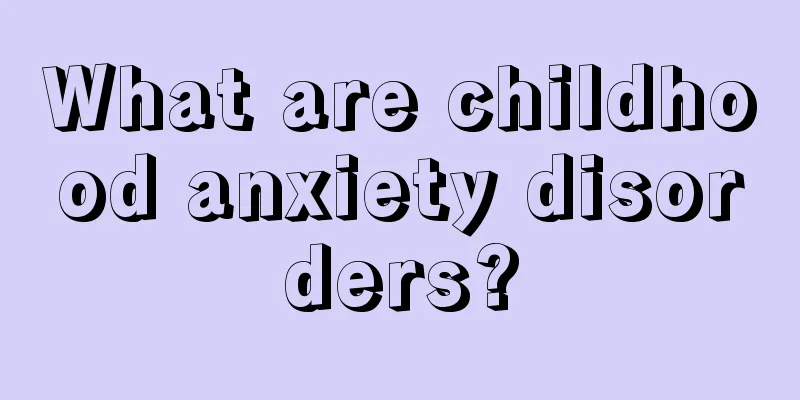Prevention of febrile seizures in children

|
Febrile convulsions in children refer to a common critical illness, usually a convulsion that occurs when the body temperature rises above 39°C, and intracranial infection and other organic or metabolic diseases that cause convulsions are excluded. It manifests as whole-body or local muscle convulsions, staring, squinting, straightening or upward rolling of the eyes, and even loss of consciousness. So in the face of such critical and painful high fever convulsions, what preventive measures do we have? 1. Improve immunity: strengthen nutrition and engage in regular outdoor activities to strengthen physical fitness and improve resistance. If necessary, use some drugs to enhance immunity under the guidance of a doctor. 2. Prevent colds: When the weather changes, add or remove clothes in time to avoid catching cold; try not to go to public places or places with a large number of mobile populations, such as supermarkets, stations, cinemas, etc., to avoid catching a cold; if adults in the family have a cold, they need to wear masks and avoid contact with children as much as possible; open windows for ventilation at irregular intervals every day to keep the air circulating in the home. 3. Actively reduce fever: When children who have had febrile convulsions catch a cold, parents should closely observe their body temperature changes. Once the temperature reaches above 38°C, they should actively reduce the fever. There are two ways to reduce fever: one is physical cooling; the other is drug cooling. Physical fever reduction includes: 1) Warm water bath: The water temperature should be slightly higher than body temperature, mainly for washing the palms, soles, armpits, popliteal fossa, groin, etc. of the child, but the time should be short to prevent cold again and aggravate the condition. 2) Ice pillow: Use an ice bag to pillow the child’s head, and at the same time, apply a cold water wet towel to a large area of the forehead to lower the temperature of the head and protect the brain. 4. Correct use of anticonvulsant drugs: 1) Intermittent use of anticonvulsant drugs: that is, no medication is used at ordinary times, only at the beginning of each febrile illness, when the body temperature rises to 37.5℃, immediately inject diazepam solution into the rectum or give oral diazepam, or diazepam suppositories can also be used; 2) Long-term use of anticonvulsant drugs: For children who have more than 5 febrile convulsions per year and each febrile convulsion lasts more than 30 minutes, anticonvulsant drugs can be taken for a long time, and attention should be paid to adverse drug reactions. After reading the editor's introduction, did parents suddenly realize it? Children's high fever convulsion is a common critical illness. When a high fever convulsion occurs, parents must remain calm and deal with it calmly. At the same time, they should also learn more about the treatment and prevention of convulsions to minimize the baby's illness and let the baby grow up healthy and happy~ |
<<: Causes and treatment of febrile seizures in children
>>: Reasons for dark green stools in babies
Recommend
What should I do if my two-month-old baby's jaundice has not subsided?
Nowadays, many newborns have symptoms of jaundice...
How to determine bone age?
Bone age testing is actually testing the age of b...
Why do children love to fart?
In fact, farting is a normal physiological phenom...
Breastfeeding problems for premature infants born at 31 weeks
Nowadays, many babies are premature. The first th...
Newborn baby face red spots
The health of a newborn baby concerns both new mo...
What should I do if my child bites his lips?
The phenomenon of children biting their lips trou...
What are the medicines for strengthening the spleen and stomach of children?
A child's body is constantly changing, and if...
The child has a fever and his pulse is beating fast
It is very common for children to get sick in the...
What are the symptoms of neonatal hemangioma?
Many newborn babies will have hemangioma, a benig...
One-year-old baby walks with his feet turned inwards
If the baby's feet turn inward when walking, ...
How many times a day does a newborn baby urinate?
There are many new mothers in life. For some new ...
Two month old baby loves to suck his fingers
I believe that many parents will find that their ...
What should I do if my baby has a fever of 39 degrees and has convulsions?
Each of us pays special attention to the baby'...
Back to school syndrome
For students who have to go to school, having a h...
What should I do if my child is in a rebellious period?
As children grow up, they will show some rebellio...

